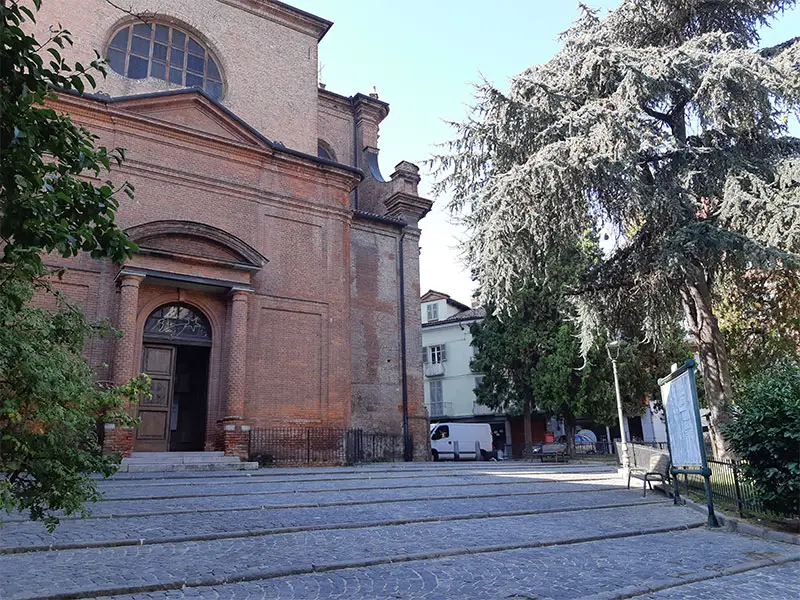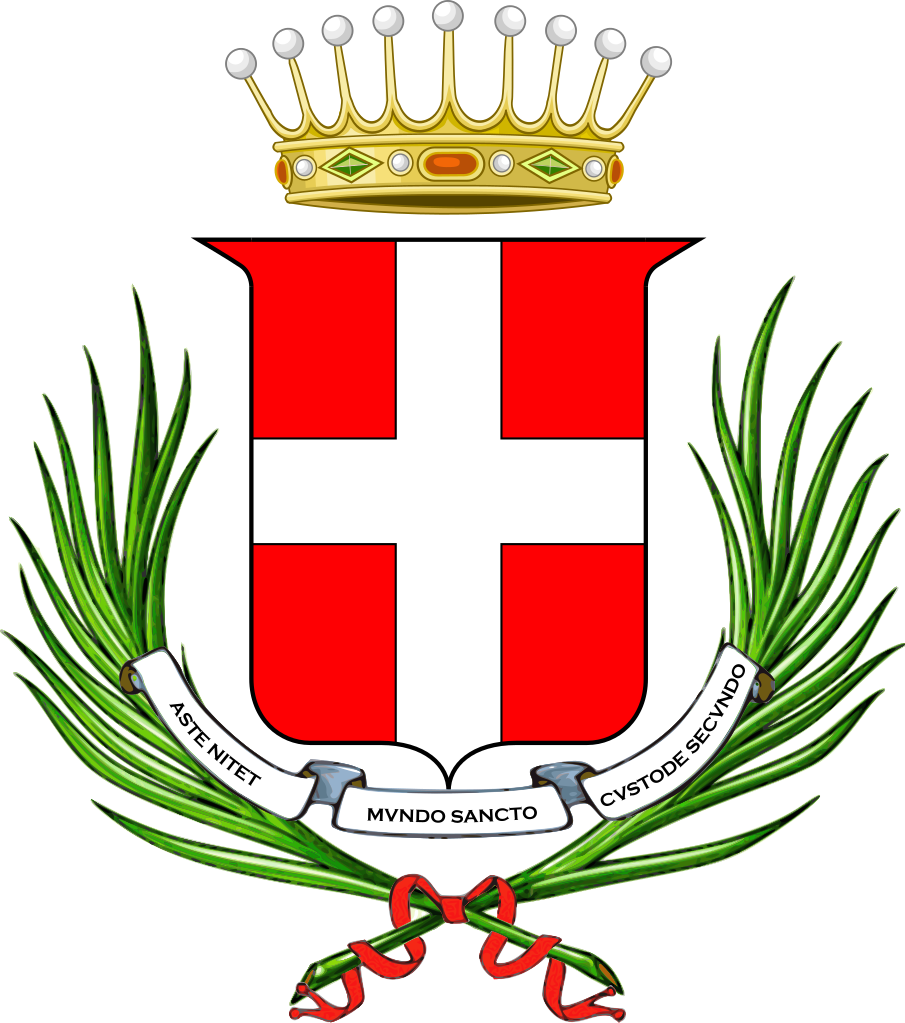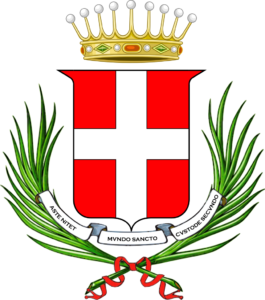Church of the Conversion of St Paul
Churches
![]()
parrocchias.paolo@alice.it
Via XX Settembre s.n.
Free entrance
SCOPRI DI PIÙ
LUOGHI DI INTERESSE NELLE VICINANZE
Palazzo Gazelli di Rossana , Ponte di Lombriasco Tower, Church of the Confraternity of the Holy Trinity and Saint Evasius, Comentina Tower, Collegiate Church of Saint Secundus, Church of Saint Roch

Baroque Catholic Church
Built next to an older church dedicated to Saint Paul
The Old and the New Church
The Chiesa della Conversione di San Paolo (Church of the Conversion of Saint Paul) was built in the San Paolo district between 1787 and 1794, incorporating parts of a previous church dedicated to the saint. Written evidence relating to this first and oldest building can be found in a document dated 1292, mentioning "Porta Sancti Pauli" (Saint Paul's Gate) of the Asti walls, and in a subsequent text of 1381, mentioning more precisely a "parish church".
The new church was commissioned by the Oratorians of Saint Philip Neri, who had settled in some adjacent houses adapting them to a convent, and wanted a larger building.
The Chiesa di San Paolo (Church of Saint Paul) was consecrated in 1795.
Facade and Plant
Today, the church is characterized by a terracotta facade with a tympanum supported by four pilasters. Unlike the first and oldest church which had three naves, the current building has a single nave.
The Artistic Value
Inside it is possible to admire the eighteenth-century apsidal frescoes by Carlo Gorzio di Moncalvo depicting the conversion of St Paul, and the Vergine del Rosario (Virgin of the Rosary) painting, in the left chapel. In the right chapel, there is a sculptural group of Jesus crucified with Mary and St John, belonging to the old church and dating back to the 16th century.
On the other hand, the marble main altar and balustrades come from the Chiesa di Sant'Agostino (Church of Saint Agustine).
The apse of the old Chiesa di San Paolo (Church of Saint Paul), with its splendid elliptical vaults, was converted into a sacristy in the new building. The rest of the church, deconsecrated, first became a marble workshop and then a houseware shop. Even today the place is used for commercial purposes.








